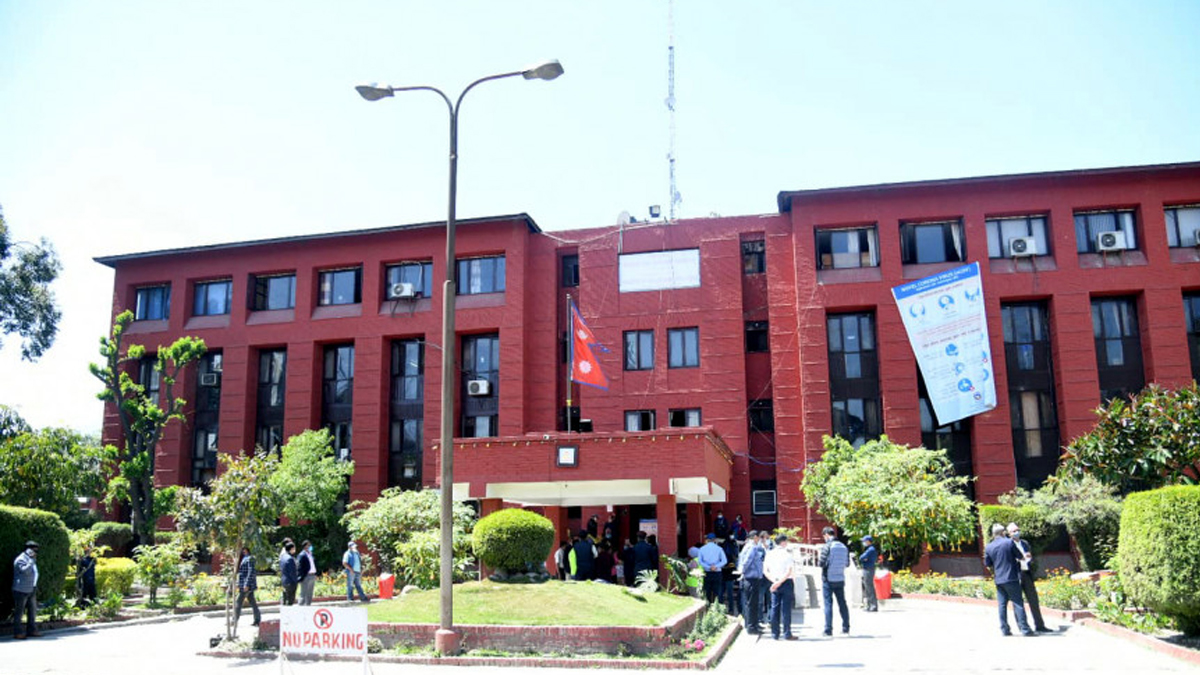
New Omicron Sub-Variants KP.1 and KP.2 Detected in Nepal: Health Ministry Assures Public

Nepal’s health authorities have confirmed the emergence of two new sub-variants of the Omicron strain of the coronavirus, named KP.1 and KP.2. The announcement was made by Dr. Prakash Budhathoki, the spokesperson for the Ministry of Health and Population.
The discovery came after genomic sequencing conducted at the National Public Health Laboratory, which analyzed 42 SARS-CoV-2 positive samples collected between April and May 2024. Out of these samples, Omicron variants were identified, with KP.1 and KP.2 being the most prevalent, detected in 12 and 17 samples respectively.
Dr. Budhathoki emphasized that while the emergence of new sub-variants is notable, there is no cause for alarm. He assured the public, stating, “These new sub-variants of Omicron, KP.1, and KP.2, have been found, but they cause symptoms similar to a normal flu. There is no need to panic.”
The World Health Organization (WHO) has classified KP.2 as a variant under monitoring as of May 3. However, there is currently no evidence to suggest that KP.1 and KP.2 are more transmissible or severe compared to other circulating variants.
The Ministry highlighted that KP.2 belongs to a group of variants dubbed “FLiRT” variants, characterized by specific mutations. These mutations, such as the change at position 456 (F for L) and position 346 (R for T), distinguish FLiRT variants from others. While FLiRT variants are being closely monitored, there is no indication of increased transmissibility or severity associated with them.
It’s important to note that while these variants are newly identified in Nepal, they have previously been detected in other countries, including Singapore, the United States, and various African nations.












Comments